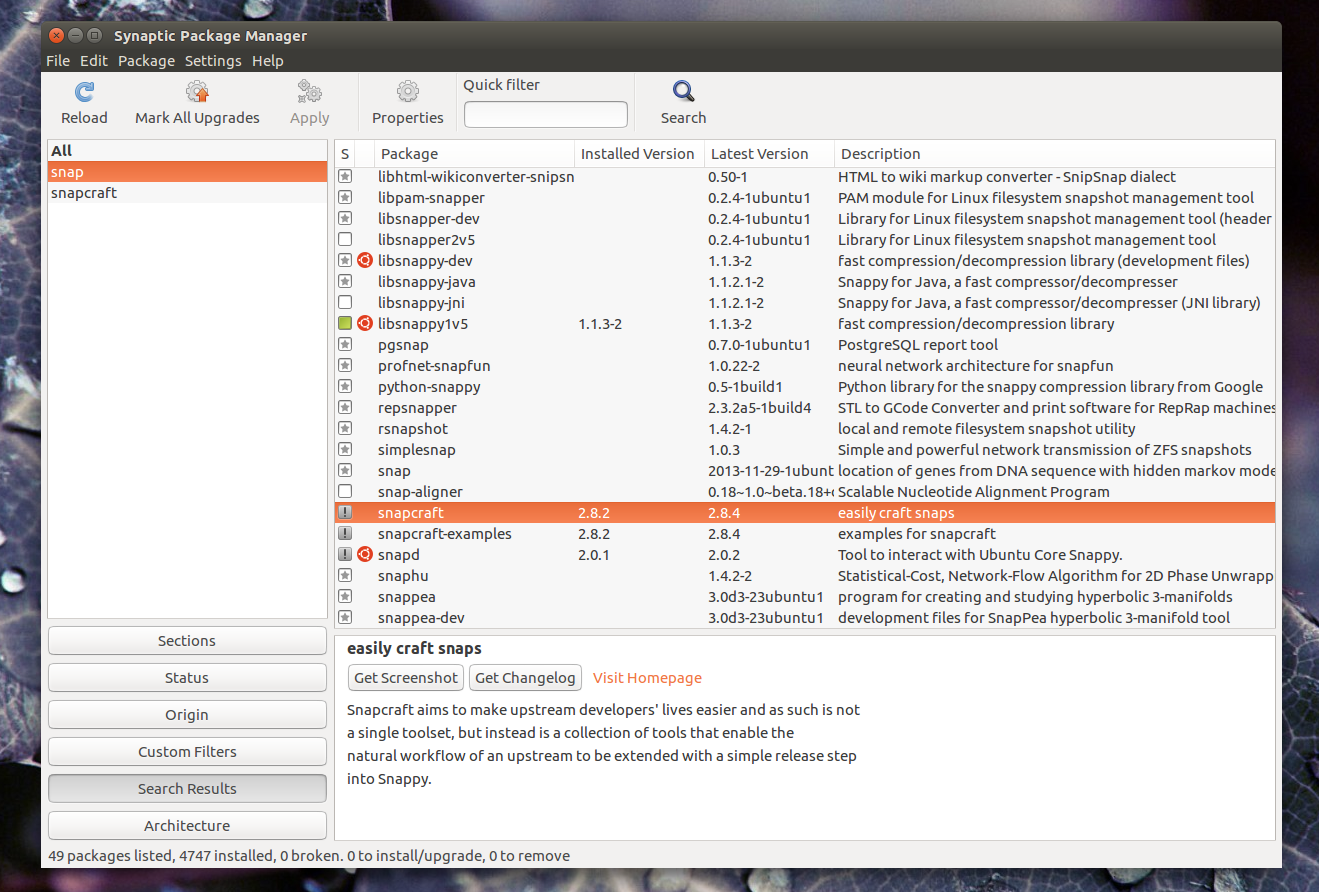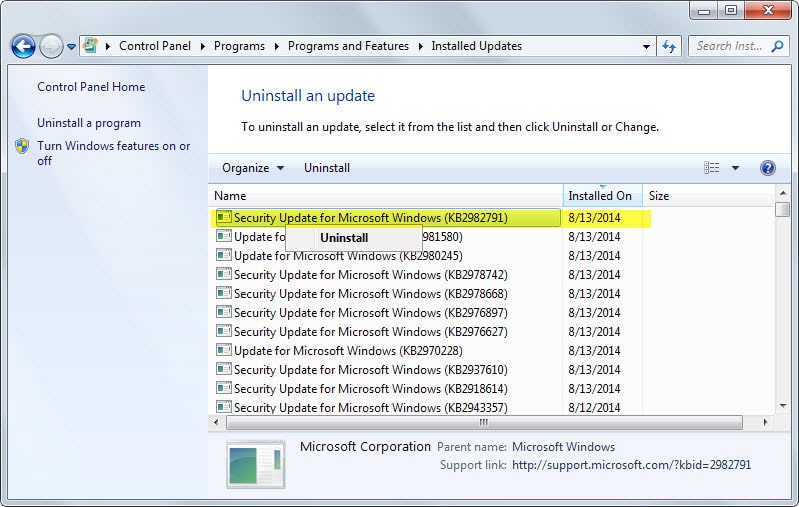- Deleting PKG files after installing them? I’m new to the modding scene, just installed a PKG file that contained a game update. If I ever am finished installing a PKG file, can I delete it from the “packages” folder from the PS3 hard drive?
- Yeah you can delete the apk file after installing any app for it to still function, I do it all the time. Yes you can send the apk file to your friend so they can install it. If you're still cautious, try doing a trial run with one apk file.send it to your friend first, then delete, see if it works.
- Unlock pkg command switch will allow you to remove the package restriction and modify or uninstall the package. # pkg unlock packagename 17. In order to find out to which installed package a command or an executable file belongs to, issue the following command, as illustrated in the below screenshot examples. # pkg which /path/to/executable.
In most cases,.PKG files are used for drivers. After installation, you have to delete.PKG files, but you will definitely not do it, thus clogging you hard drive over time. Of course, if you`re used to saving all your files in the same place, then finding and removing them will be easy.
Mac users often find their Downloads folder filled with disk images that they previously downloaded from the internet, files that – having already installed the apps – they forgot to delete after unmounting the image. As you may already know, installer files for macOS come with a DMG file extension – otherwise known as an Apple Disk Image – and are similar to ISO files.
To install an app – the majority of which just require dragging and dropping – users need to mount this .DMG file just as you might mount a CD when putting it into a CD drive, which makes its contents visible on the Mac. The required software is packed into a special bundle and carries an invisible “.APP” extension.
Download CleanMyMac X from MacPaw’s website and clean up to 500MB of junk data from your computer while enjoying all the features of the software without major limitations.
Users tend to forget about the existence of these disk images after they install the software. The same is true for iOS installer files (IPSW), although using .IPSW to apply an iOS software update is considered to be a more advanced function and therefore more appropriate for tech-savvy users. Even so, it can still happen that even advanced users forget about these storage-hungry installer files.
How To Remove Installer Files

Having one or two installer files in the Downloads folder shouldn't cause any issues unless these files occupy gigabytes of space – Adobe Creative Cloud installer packages, for example. But when you realize that your Mac is running out of free space, this is a good place to check for the remains of installer files to remove them and save space.
Removing these files is as easy as the installation process: select the file and drag it to the Bin. There are cases where the software is more complex, such as Adobe's suite of programs or Mac optimization software OnyX's installer files. If this is the situation, just open the disk image and look for an uninstaller file, or launch the app and find the uninstall options. The uninstall process may differ by app, but in most cases it is hassle-free.

Most Common Issues When Removing Installer Files
The drag and drop removal method, however, may leave some junk data behind since it doesn't remove the supporting files, which, if you frequently install and uninstall apps, may end up eating into your Mac's storage.
Ever since macOS Sierra 10.12, Apple has provided users with the option to trash the installer as soon as its function is finished, a pretty handy feature considering the limited disk space on a MacBook Air.
Fortunately, Mac optimization apps such as CleanMyMac and others include a neat uninstaller utility that helps remove all files associated with the application and its temporary installation files. While this feature won’t remove the installation file, it does find the files associated with specific software after selecting the app(s) that you want removed.
Installer files are easier to remove because they can be considered as .ZIP files. To move the installer to the Trash, however, you should first unmount it, otherwise it will display an error message. After unmounting it, locate the file (usually in the Downloads folder, the default location for files downloaded from the web), and simply press the Command + Backspace keys or drag it into the trash can.
Best Mac Optimization Software of 2020
| Rank | Company | Info | Visit |
| |||
| |||
|
Get the Best Deals on Mac Optimization Software

Stay up to date on the latest tech news and discounts on Mac optimization software with our monthly newsletter.
YUM (Yellowdog Updater, Modified) provide more services and functionality than is available with the rpm command and other RPM-based tools.
With Yum tools and plug-ins, you can:

- List software packages, both installed and available, in local or remote repositories
- Check for package dependencies (packages required to install a package)
- Create new repositories and enable or disable access to existing repositories
- Speed up package installation by using cached information (Yum cache)
- Extend Yum’s functionality with plug-ins such as the downloadonly plug-in (to download a package without installing it)
Installing packages
Following example usages shows the most commonly used options for performing package installation with yum :
| Command options | Description |
|---|---|
| install | Install a package making sure that all the dependencies are resolved. |
| install /path/to/file | Install the package which provides the given file, making sure that all dependencies are resolved |
| localinstall | Install a package from a local le, http, or ftp |
| reinstall | Reinstall the current version of a package |
| groupinstall | Install all packages in the selected group |
Examples :
1. Install the vsftpd package from the repository in the system :
2. Install a package from local directory :
You can also install a package from a local ftp site :
3. Reinstall the current version of a package nfs-utils (to replace any deleted files) :
Bluestack for big sur. 4. Install all packages in the group “Web server” :
Removing packages
Options available with yum command to remove packages :
| Command options | Description |
|---|---|
| remove | remove a package as well as packages that depend on it |
| swap | Remove one package and install another |
| erase | Erase a package (and possibly dependencies) from your system. Same as remove. |
| autoremove | Same as erase, plus removes additional unneeded packages (available in RHEL 7) |
Examples :
1. Removing package vsftpd and all its dependencies from the system :
Similar to remove you can also use erase option.
2. To remove one package and install another using single command use the swap option :
3. Another option introduced in RHEL 7 i.e. autoremove can be used to remove a package along with additional unneeded packages :
Upgrading/Downgrading packages
| Command options | Description |
|---|---|
| update | update all or a specific package if specified as well as updates any dependent packages. |
| update-to | update all or a specific package to a particular version specified |
| upgrade | update packages taking obsoletes into account |
| downgrade | downgrade a package to an earlier version |
Can You Delete Pkg Files After Installing On Mac
Examples :
1. To update all the packages available on the system :
2. To update a specific package like httpd :
3. To downgrade a package to an earlier version :
Non-interactive use of yum
Install Pkg File Windows 10
The -y option when used with any yum command assumes the answer to any question as yes and provides a non-interactive use of the yum command. It can be coupled with any of the commands we have seen so far in the post. One of the examples where it’s very much useful is :